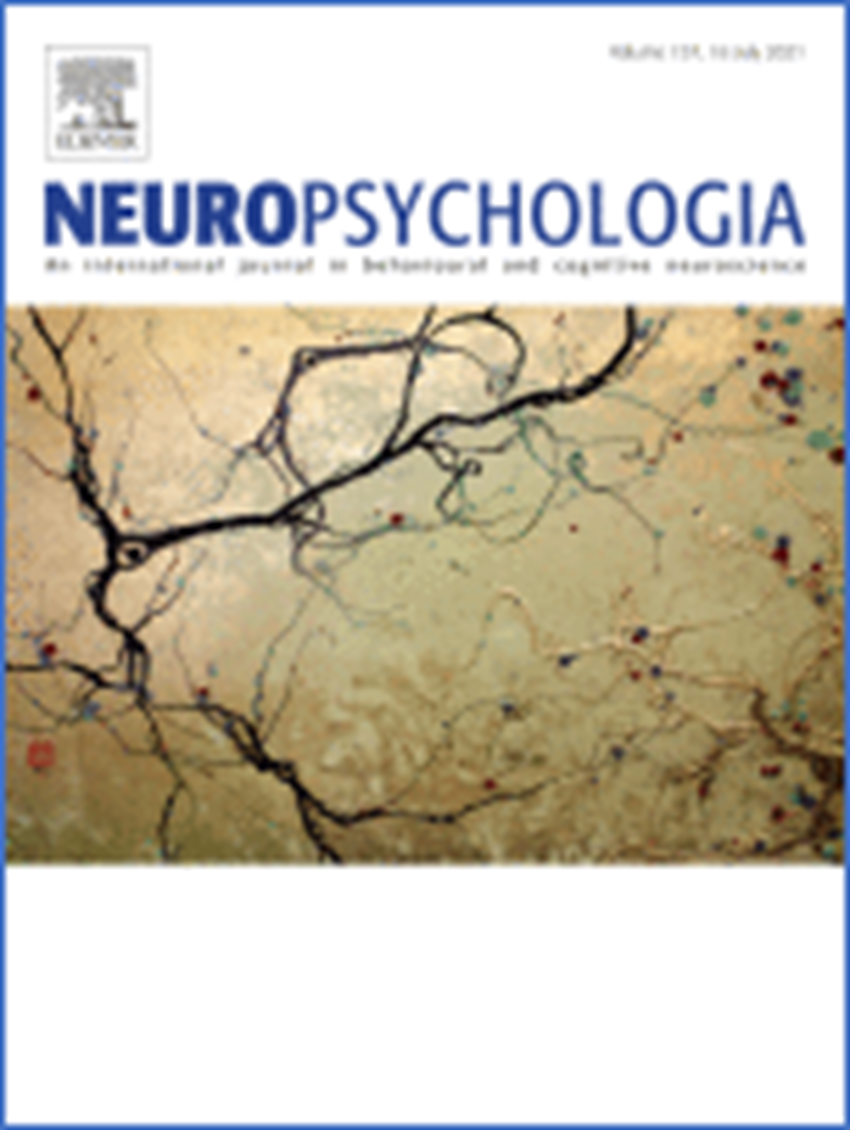Giorgia Committeri published in the scope of the research project 336/18 – Research -Inspired Cognitive Empowerment: Modulating Episodic Memory through Egocentric Navigational Training (MEMENT), supported by the BIAL Foundation, the paper Automatic coding of environmental distance for walking-related locomotion in the foot-related sensory-motor system: A TMS study on macro-affordances in Neuropsychologia.
“We have recently described a facilitation effect for the execution of a walking-related action in response to distant objects/locations in the extrapersonal space. Based on the parallelism with the well-known effect of “micro-affordance”, observed during the execution of functionally appropriate hand-related actions towards manipulable objects, we have referred to this effect in terms of “macro-affordance”. Here we used transcranical magnetic stimulation (TMS) to investigate whether a foot-related region located in the human dorsal precuneate cortex plays a causal role in the generation and maintenance of such behavioral effect. This question was addressed by comparing the magnitude of the facilitation effect during an incidental go/no-go task, i.e. advantage for walking-related actions to pictures framing an environment from a far vs. near distance, during three different TMS conditions. The three TMS conditions were collected in all subjects in a randomized order and included stimulation of: i. a foot-related region in the anterior precuneus, ii. a control region in the middle intraparietal sulcus (mIPS), and iii. a sham condition.
Enrollment in the TMS protocol was based on analysis of individual performance during a preliminary session conducted using a sham stimulation.
TMS was administered at a low frequency range before the beginning of each condition. The results showed that stimulation of the foot-related region in the anterior precuneus produced a significant reduction of the walking-related facilitation effect as compared to both stimulation of the active-control region and the non-active sham stimulation. These findings suggest that the foot-related sensory-motor system directly participates in the process of extraction of the spatial features (i.e. distance) from an environmental scene that are useful for locomotion. More in general, these findings support an automatic coding of environmental affordance or “macro-affordances” in the walking-related sensory-motor system.”





































































